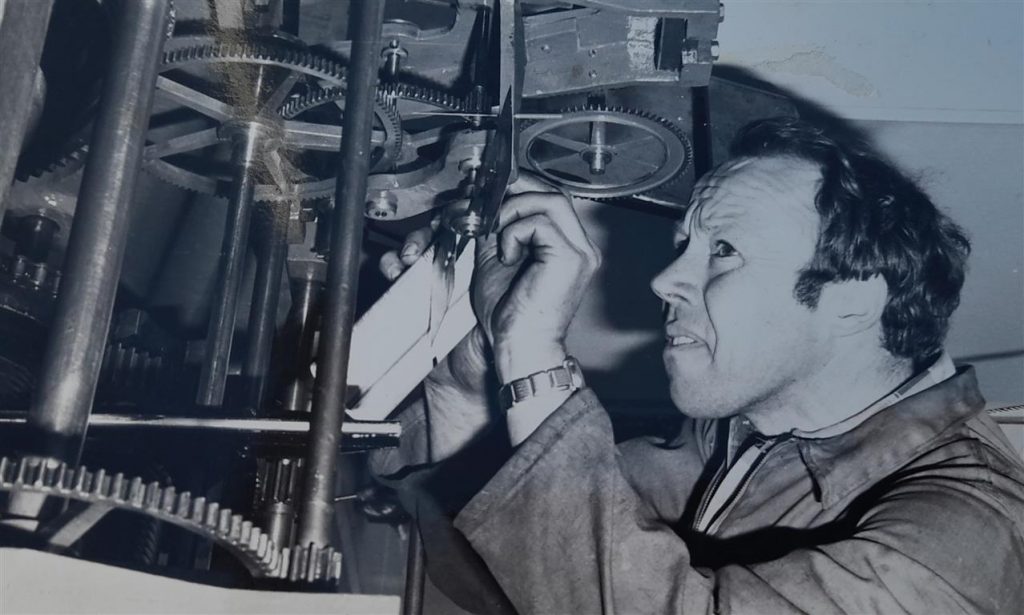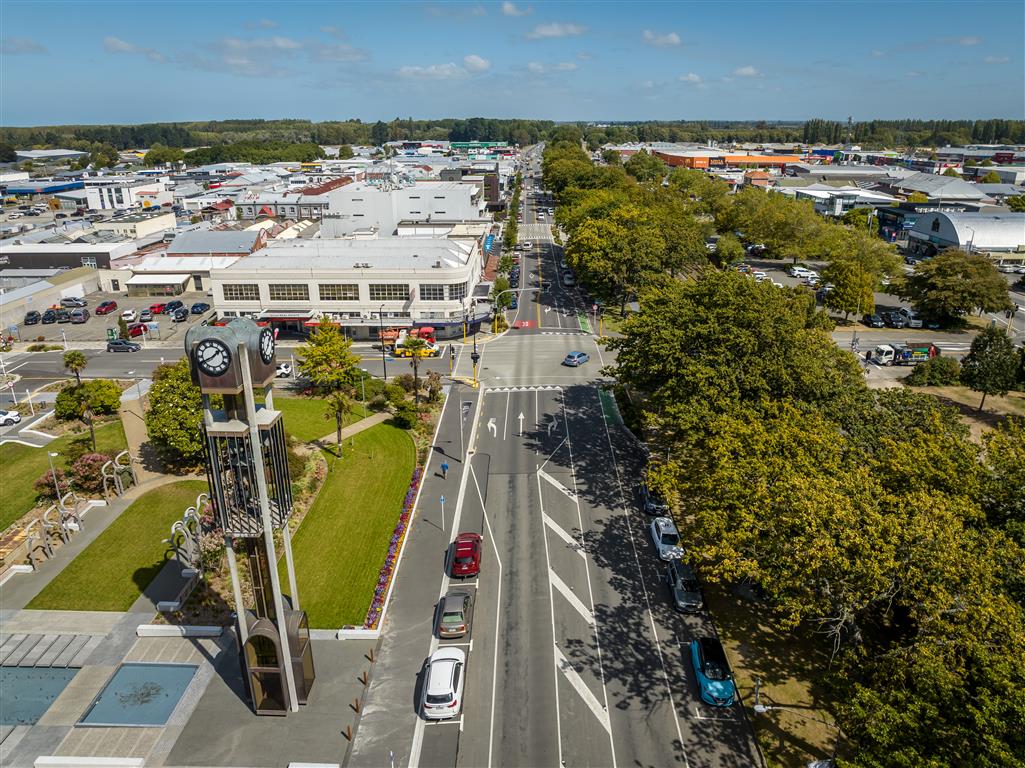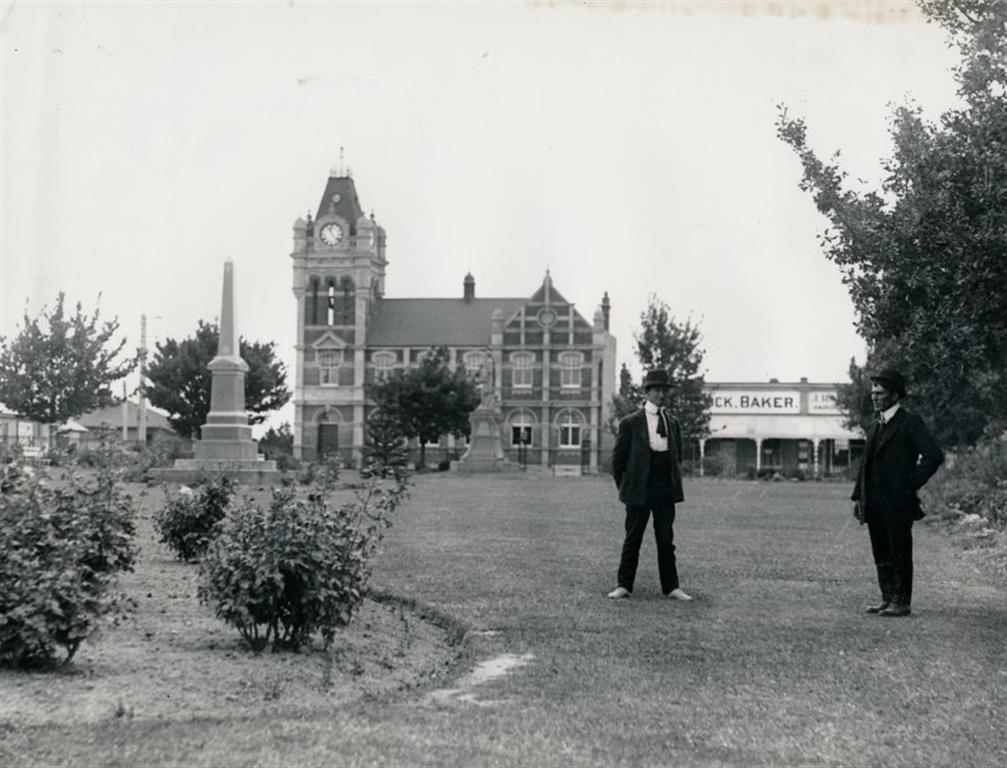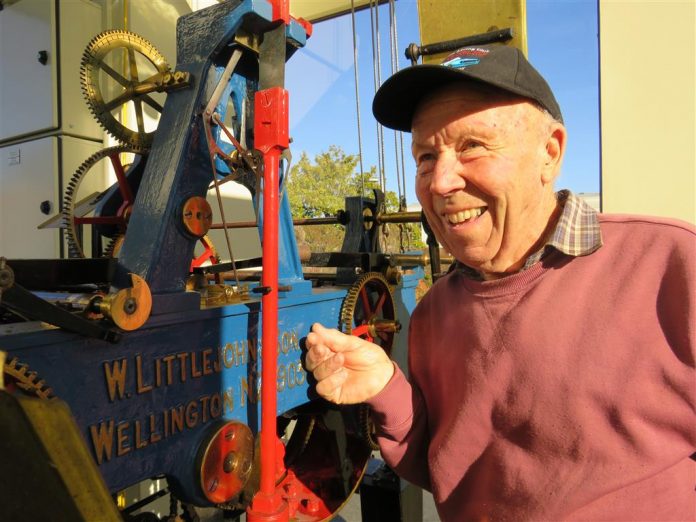It was a job bestowed upon him by chance in 1976, and one he continues today. Trevor Cullimore spoke to Toni Williams about his role as caretaker of Ashburton’s iconic town clock.
Trevor Cullimore’s ear is tuned in to the familiar chimes of Ashburton’s town clock.
The 82-year-old has been taking care of it for 48 years, making sure it runs smoothly and on time.
Chiming quarterly each hour, and at the top of each hour with the corresponding number of chimes, the clock and its 21m-tall encasement tower is a well-known and iconic landmark of the town.
Looking after it is a labour of love for Trevor, in a role the retired fitter turner had bestowed upon him by chance in 1976.
At the time he was working for Horrell Engineering in Victoria St.
‘‘The Lions wanted somebody to install it and put all the electric winding on, so I was dragged into the story then,’’ he said.
‘‘And then, I suppose I was the logical person to look after it.
‘‘It’s a clock, but it’s not really a watchmaker’s problem, it’s really an engineering problem.’’
Trevor has amassed a wealth of knowledge on the clock, mostly through trial and error as he worked on it, especially in the early days. And it has not always been plain sailing.
‘‘When it first went up there were a lot of complaints about the noise of it at night,’’ he said.

The complaints came to nothing as people got used to it.
‘‘There was talk at one stage of silencing it at night, but that’s a problem in itself too.’’
‘‘In Dunedin they do, but it’s the night watchman that goes in and does it.’’
Trevor, now training his son Craig in the caretaker role, is the go-to man when the clock stops, when time goes skewwhiff, for daylight savings changes or when the chimes go out.
The clock essentially has three separate workings in the same casting, he said.
‘‘One lunchtime we were round at my mum’s having lunch, and I got a phone call, and they said ‘You better get down to the clock, it’s been striking continuous for about 40 minutes’.
‘‘I came in here on my bike and you couldn’t move round here, there were people everywhere; a little split pin had fallen out.’’

He said with all its working parts, there were all sorts of things which could go wrong.
‘‘There’s the clock, there’s the chimes and there’s the strike and they’re all really independent and just happen to be in the one casting. Sometimes it will go for months, and it will only get a few seconds out and then sometimes it takes it into its head to start gaining a bit – not a huge amount – but after three or four weeks you will notice it’s gained 10 or 15 seconds. It’s nice to keep it closer if you can.’’
Most recently the clock had an arm repair prior to Anzac Day.
‘‘The piece that broke up there was a big arm, with a big weight on it that obviously dongs the bell. It broke right in the middle, which after all these years of the thumping and banging was just metal fatigue I suppose.
‘‘It fell off, fell down into the belfry and chopped through an electric cable.’’

The clock, with workings made by Wilson Littlejohn and Son of Wellington in 1903, used to be housed in a brick tower on the corner of the former Post Office building. It has the same workings as Big Ben in London.
‘‘It’s pretty identical really, just a lot smaller,’’ Trevor said.
The company made 40 to 50 similar clocks used nationwide. But, following the 1931 Hawkes Bay earthquake and the 1942 Wairarapa earthquake, and fears of human injury the tower was removed as ordered by central government and placed into storage.
Three decades later, members of the Ashburton Lions Club resurrected the clock mechanism from the borough council yards, and gave it a fresh outlook in the architecturally designed encasement tower of Warren and Mahoney Architects, built by Bradford Construction Ltd.
Such was the admiration for the restored clock, it earned a visit from then editor of the New Zealand Horological Journal, W Borrow, of Dunedin.




